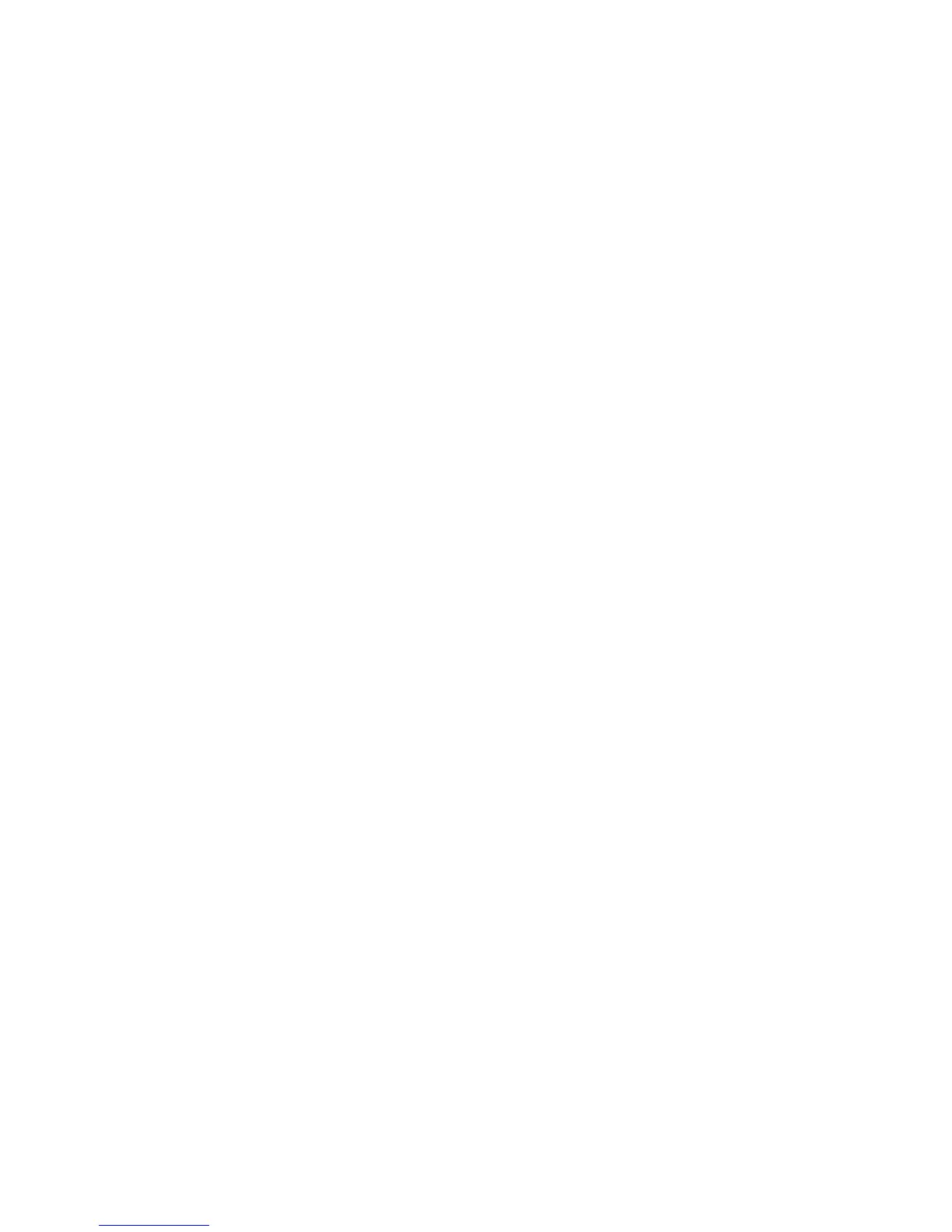Chapter 6: Commands 7197 Owner’s Guide
February 2002
96
(Set Relative Print Position) will be interpreted accordingly. For more information, see the
description of the Set Horizontal and Vertical Minimum Motion Units command (1D 50)
in this document.
Compatibility Information (7194 Native Mode and 7197 Native Mode receipt vs. 7193
receipt)
There is a difference in the normal behavior of this command in 7194 Native Mode and
7197 Native Mode as compared to the original 7193. The difference exists when the
command is used to move to the left. The 7193 processes the whole print string prior to
putting it in the buffer for the print head. This method of processing allows the 7193 to
backup in the print string and replace characters and their associated attributes when a
“Set Relative Print Position” command instructs the printer to move the print position to
the left.
In order to improve the speed of printing, the 7197 moves the data into a buffer for the
print head when it receives it. When the “Set Relative Print Position” command contains a
move to the left, this causes the new data to overstrike the previous data. This behavior
can be used to an application’s advantage to provide the ability to create compound
characters on the receipt station.
Select Justification
ASCII: ESC a n
Hexadecimal: 1B 61 n
Decimal:
27 97 n
Value of n:
0, 48 = Left Aligned
1, 49 = Center Aligned
2, 50 = Right Aligned
Range of n: 0 – 2, 48-50
Default:
0 (Left aligned)
Specifies the alignment of the characters, graphics, logos, and bar codes on the receipt
station.
Example:
• MSComm1.Output = Chr$(&H1B) & Chr$(&H61) & Chr$(n)
Exceptions:
The command is valid only when input at the beginning of a line.

